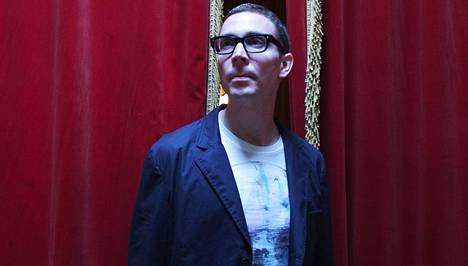
Green skills
Clean world for future generations
Start date
12.10.2020
9am CTE
Time commitment
3-6 h / week
Duration
5 weeks
Format
Online
Price
Free!
Green energy defined
Green energy comes from natural sources such as sunlight, wind, rain, tides, plants, algae and geothermal heat. These energy resources are renewable, meaning they’re naturally replenished. In contrast, fossil fuels are a finite resource that take millions of years to develop and will continue to diminish with use.
Renewable energy sources also have a much smaller impact on the environment than fossil fuels, which produce pollutants such as greenhouse gases as a by-product, contributing to climate change. Gaining access to fossil fuels typically requires either mining or drilling deep into the earth, often in ecologically sensitive locations.
Green energy, however, utilizes energy sources that are readily available all over the world, including in rural and remote areas that don’t otherwise have access to electricity. Advances in renewable energy technologies have lowered the cost of solar panels, wind turbines and other sources of green energy, placing the ability to produce electricity in the hands of the people rather than those of oil, gas, coal and utility companies.
Green energy can replace fossil fuels in all major areas of use including electricity, water and space heating and fuel for motor vehicles.
Types of green energy
Research into renewable, non-polluting energy sources is advancing at such a fast pace, it’s hard to keep track of the many types of green energy that are now in development. Here are 6 of the most common types of green energy:
Solar power – The most prevalent type of renewable energy, solar power is typically produced using photovoltaic cells, which capture sunlight and turn it into electricity. Solar energy is also used to heat buildings and water, provide natural lighting and cook food. Solar technologies have become inexpensive enough to power everything from small hand-held gadgets to entire neighborhoods.
Wind power
Air flow on the earth’s surface can be used to push turbines, with stronger winds producing more energy. High-altitude sites and areas just offshore tend to provide the best conditions for capturing the strongest winds. According to a study published in the Proceedings of the National Academy of Sciences, a network of land-based, 2.5-megawatt wind turbines in rural areas operating at just 20% of their rated capacity could supply 40 times the current worldwide consumption of energy.
Hydropower
Also called hydroelectric power, hydropower is generated by the Earth’s water cycle, including evaporation, rainfall, tides and the force of water running through a dam. Hydropower depends on high precipitation levels to produce significant amounts of energy.
Geothermal energy
Just under the earth’s crust are massive amounts of thermal energy, which originates from both the original formation of the planet and the radioactive decay of minerals. Geothermal energy in the form of hot springs has been used by humans for millennia for bathing, and now it’s being used to generate electricity. In North America alone, there’s enough energy stored underground to produce 10 times as much electricity as coal currently does.
Biomass
Recently-living natural materials like wood waste, sawdust and combustible agricultural wastes can be converted into energy with far fewer greenhouse gas emissions than petroleum-based fuel sources. That’s because these materials, known as biomass, contain stored energy from the sun.
Biofuels
Rather than burning biomass to produce energy, sometimes these renewable organic materials are transformed into fuel. Notable examples include ethanol and biodiesel. Biofuels provided 2.7 percent of the world’s fuels for road transport in 2010, and have the potential to meet more than 25 percent of world demand for transportation fuels by 2050.
Source: https://www.treehugger.com/what-is-green-energy-4864279
Master class compitable
Enthusiasts
Online & Accessible
Matt Fax

Orjan Nielsen

Paavo Siljamäki

Armin Van Buuren

And
Joe Biden

Don't Let the digital Information Chain Scare you!
Your content goes here. Edit or remove this text inline or in the module Content settings. You can also style every aspect of this content in the module Design settings and even apply custom CSS to this text in the module Advanced settings.
Certificate
Reflect, learn and internalize
Learn from the best
Networking
24 / 7
Study whenever it suits you best
Contact
Talentjourney@tj.com
+3583030303030
Want to know more about TJ?
Learn more at
Talentjourney.com

The European Commission’s support for the production of this publication does not constitute an endorsement of the contents, which reflect the views only of the authors, and the Commission cannot be held responsible for any use which may be made of the information contained therein.
